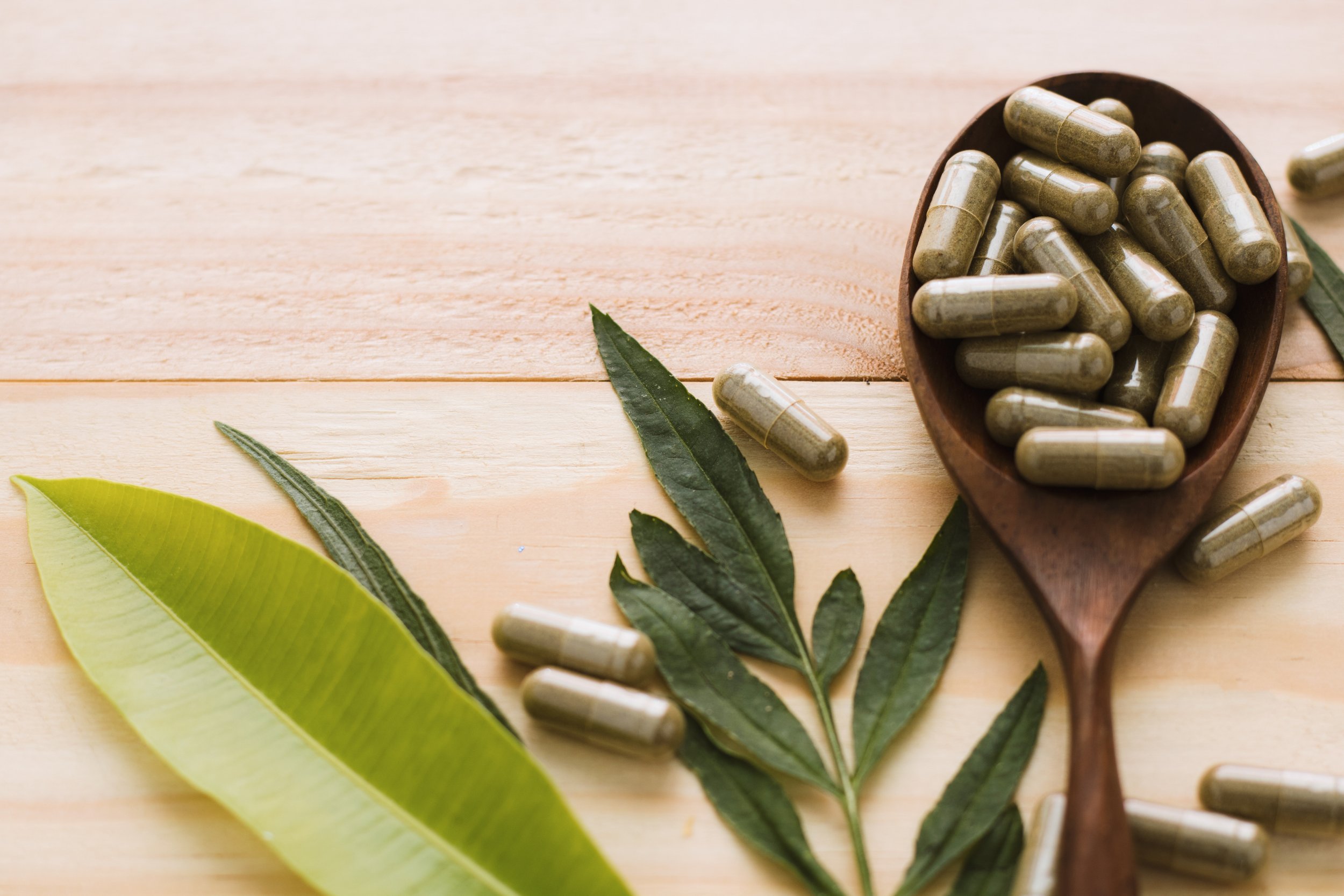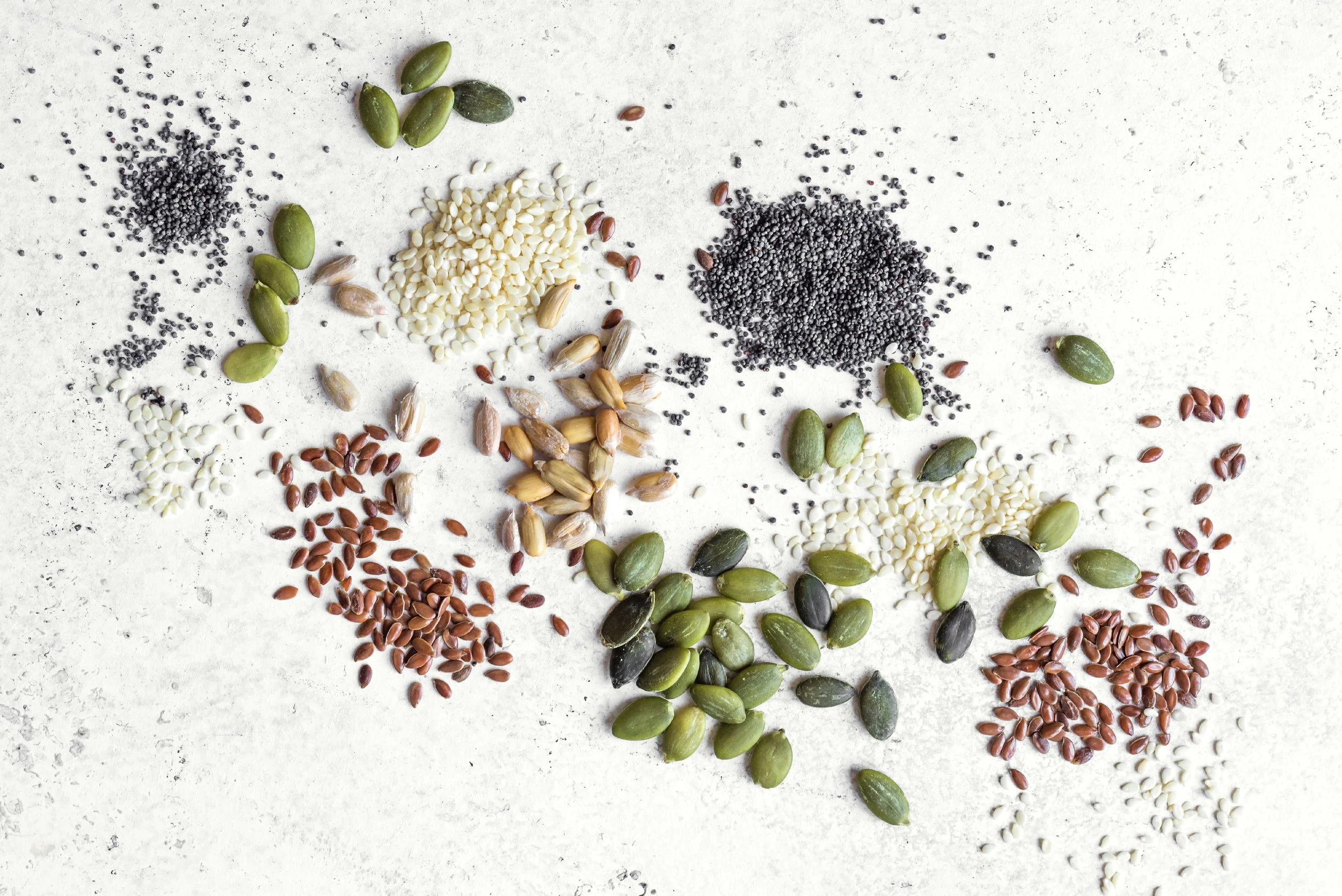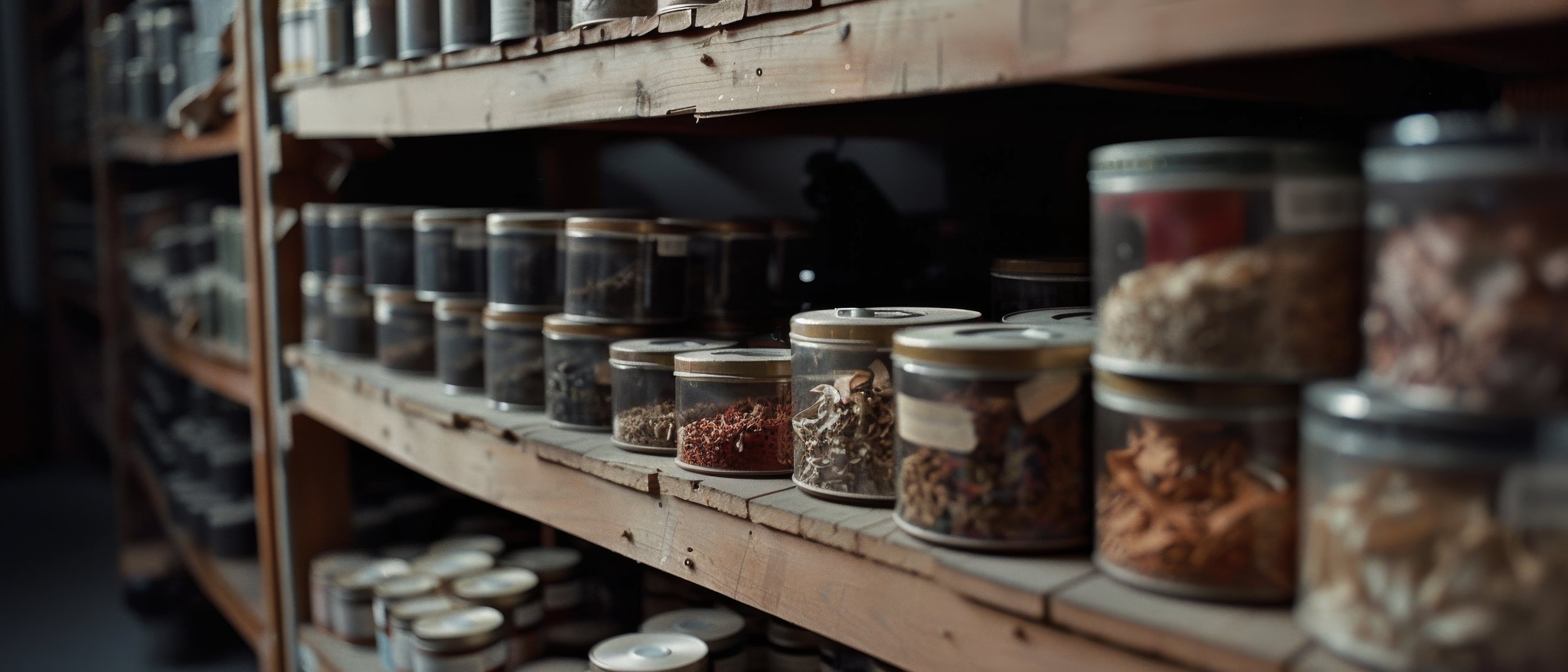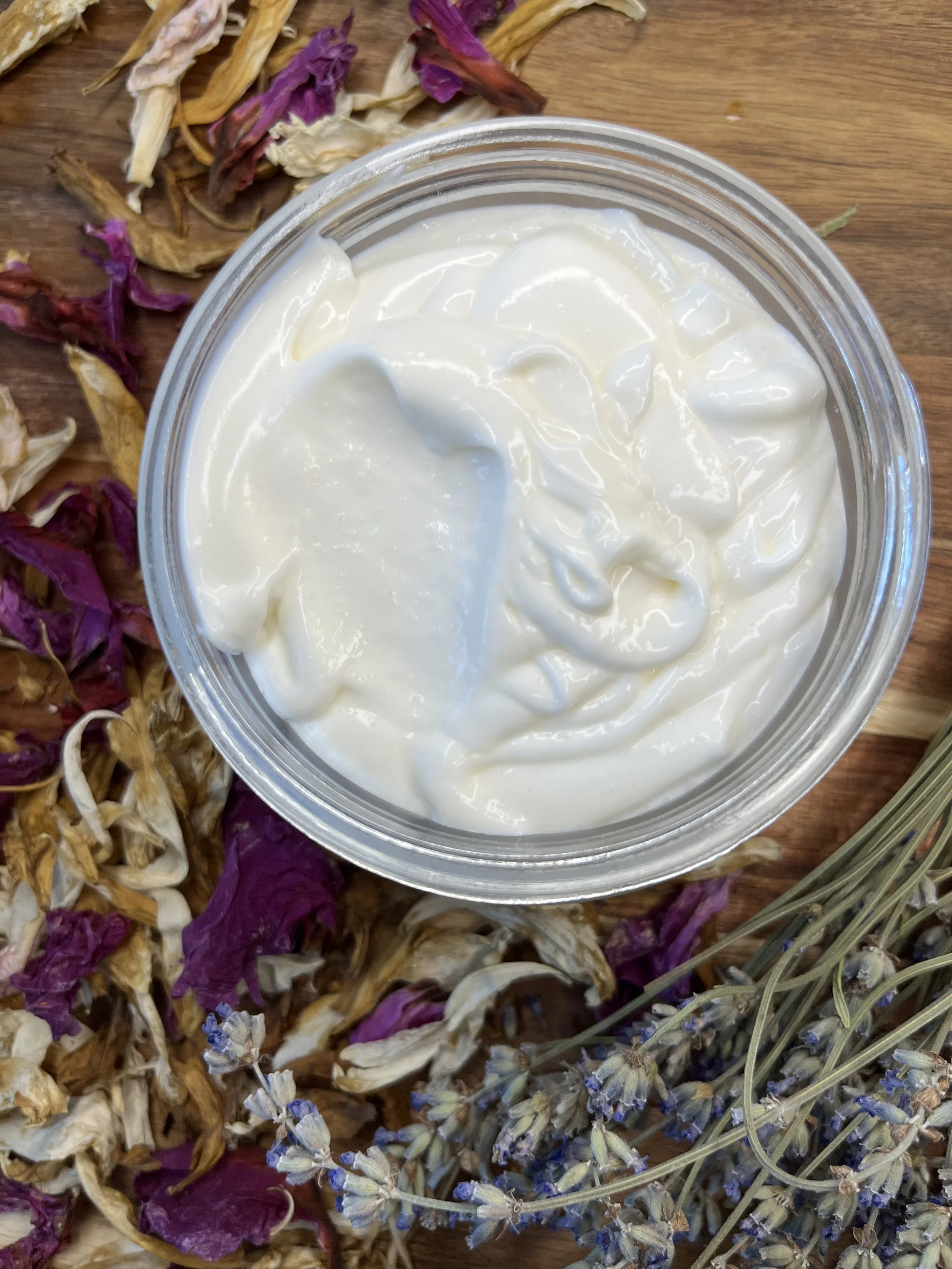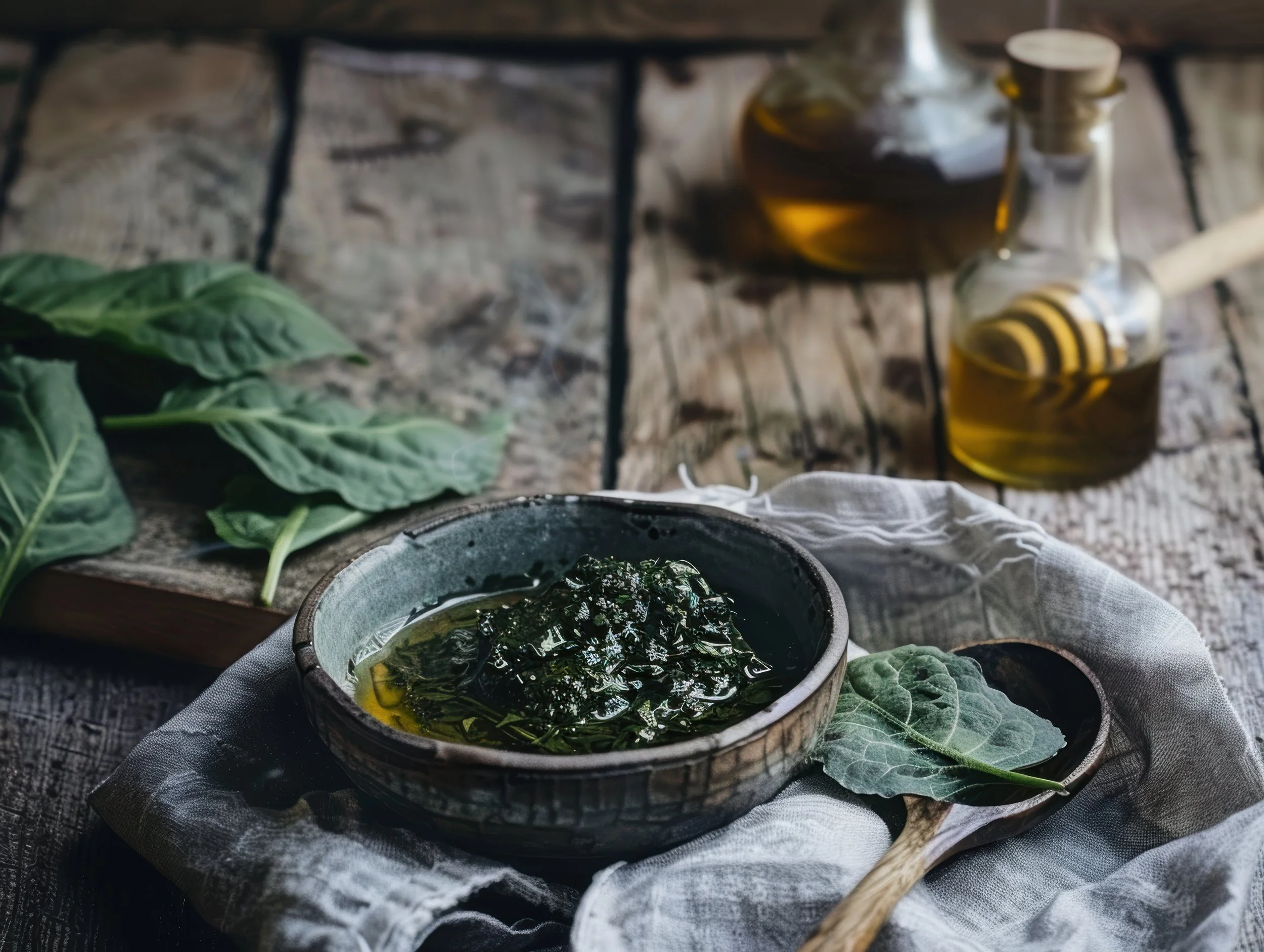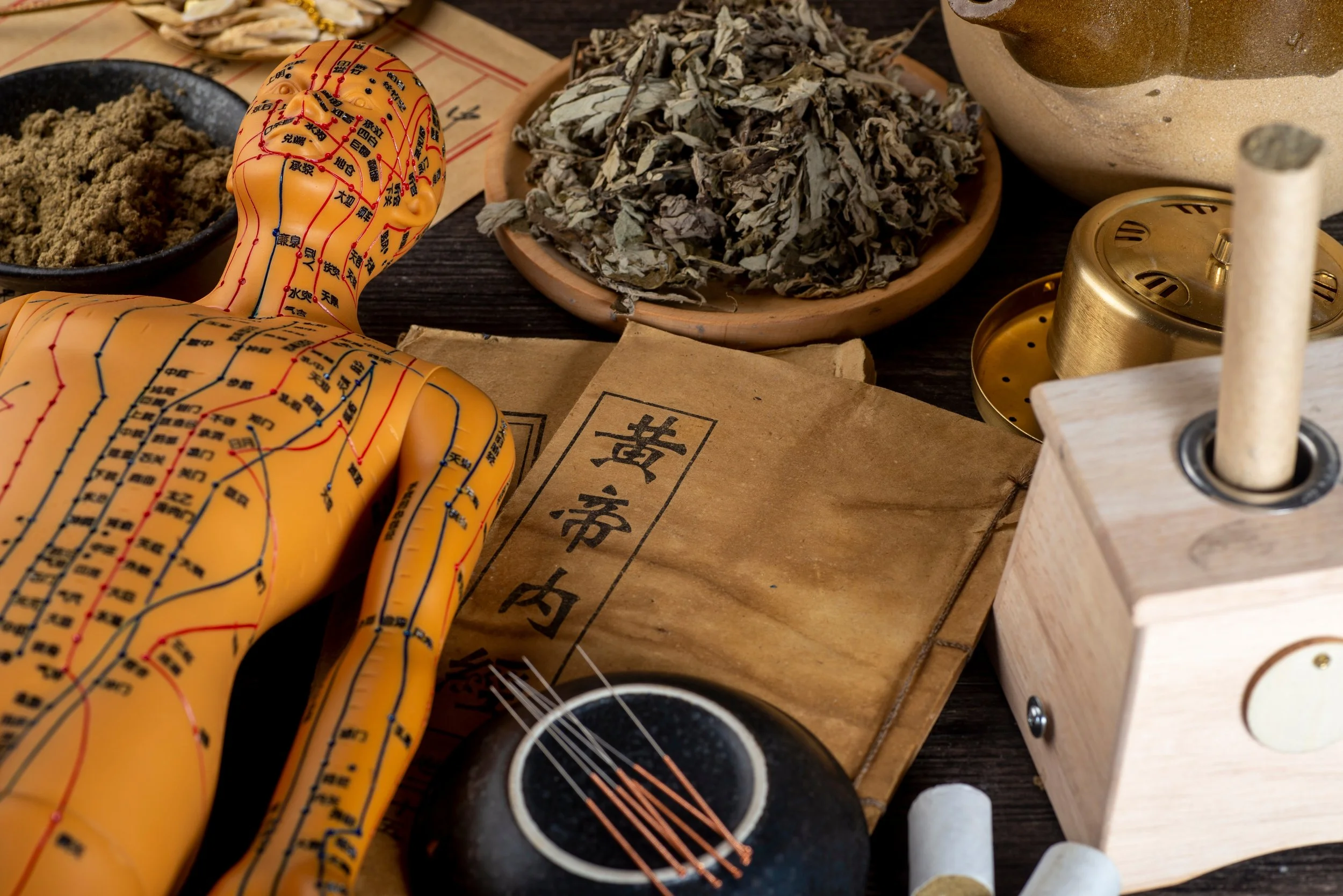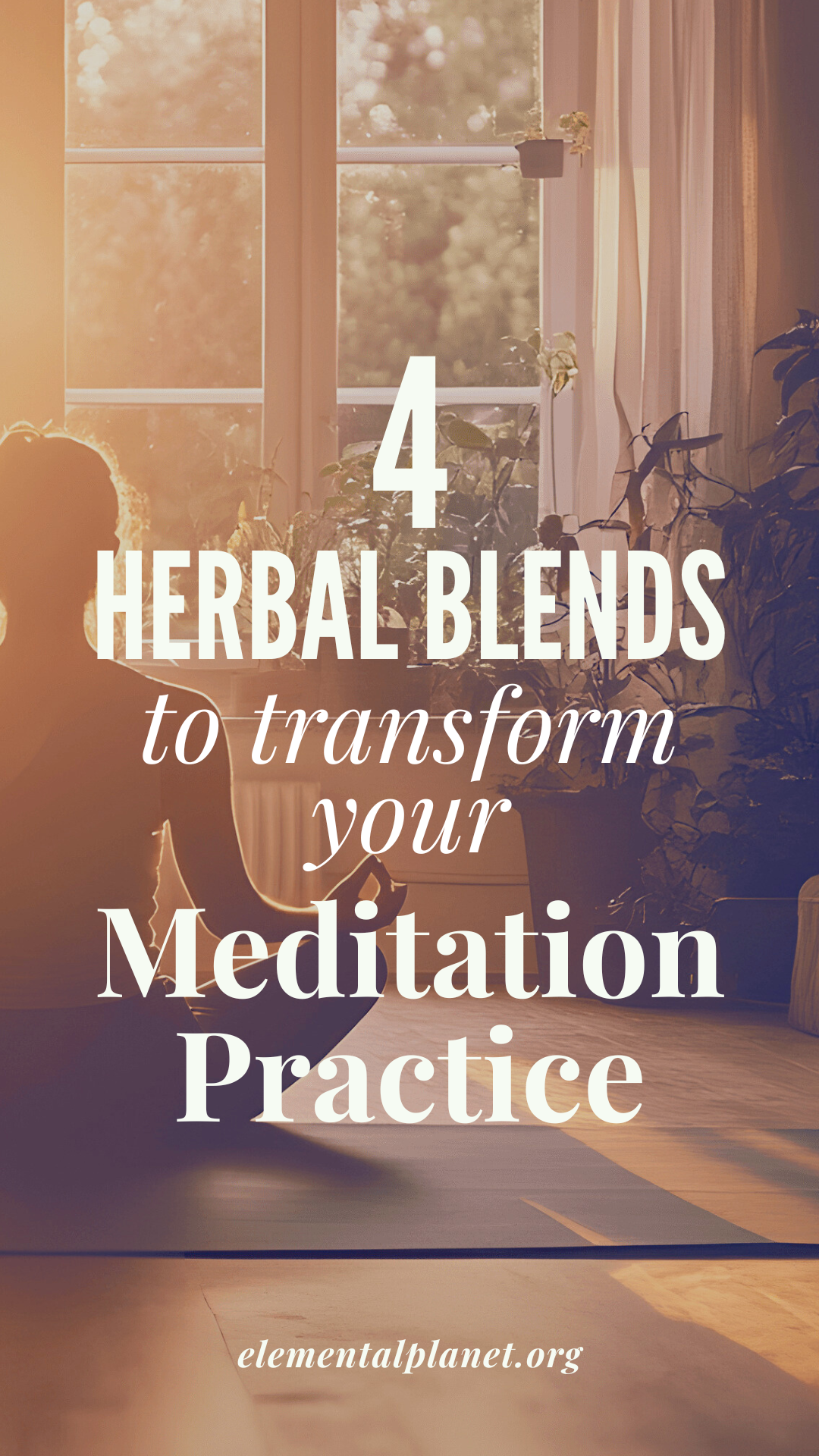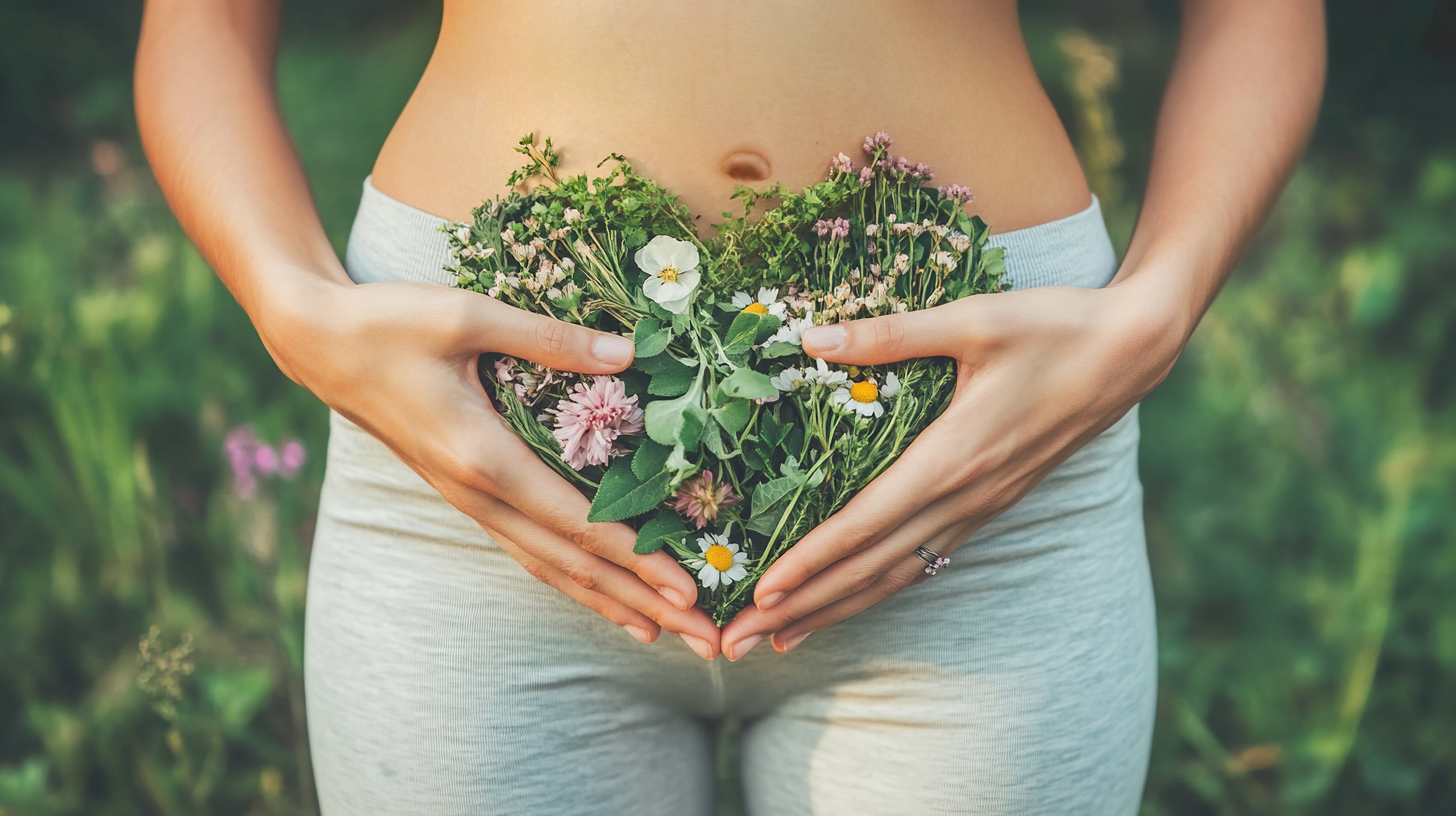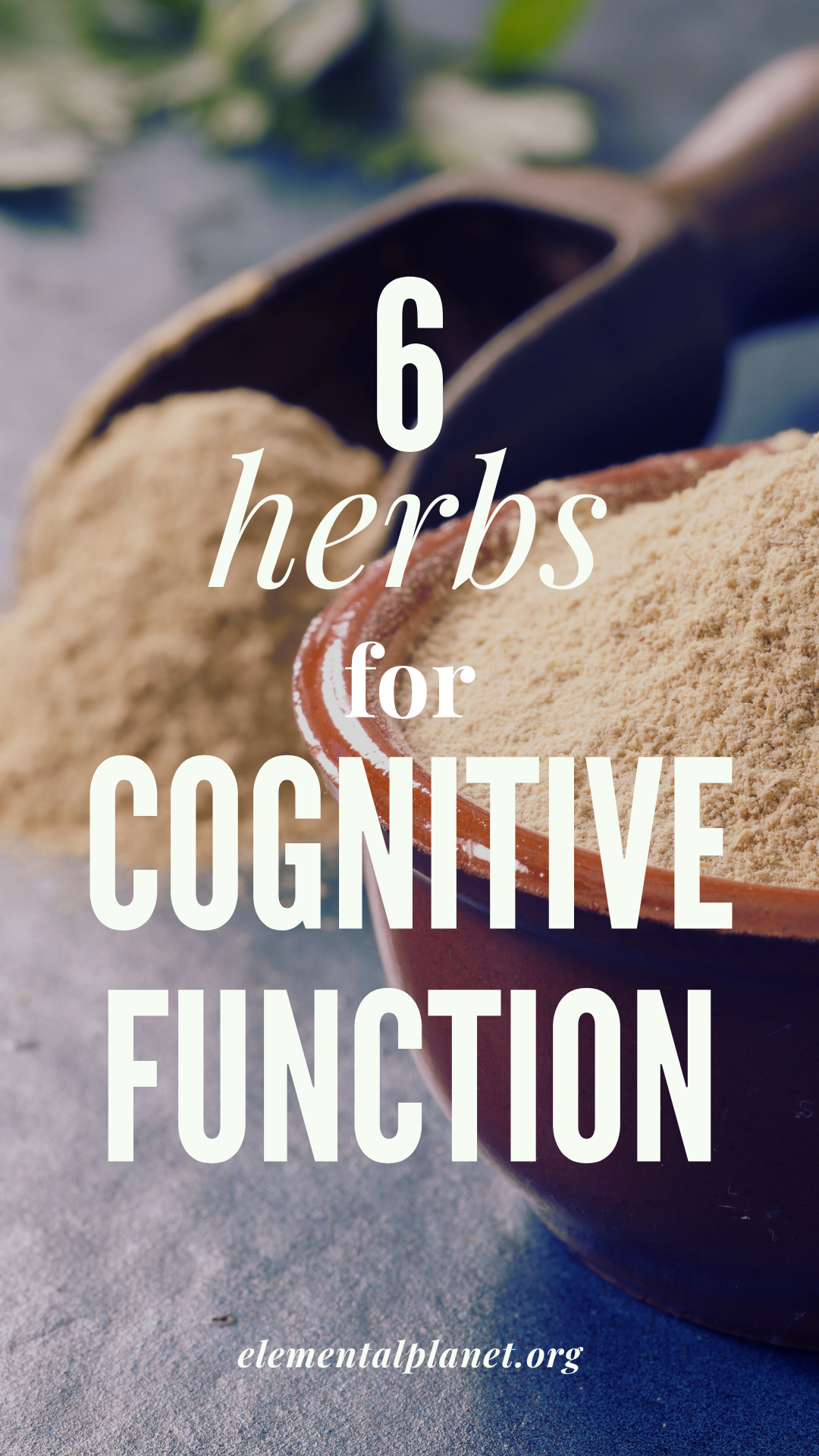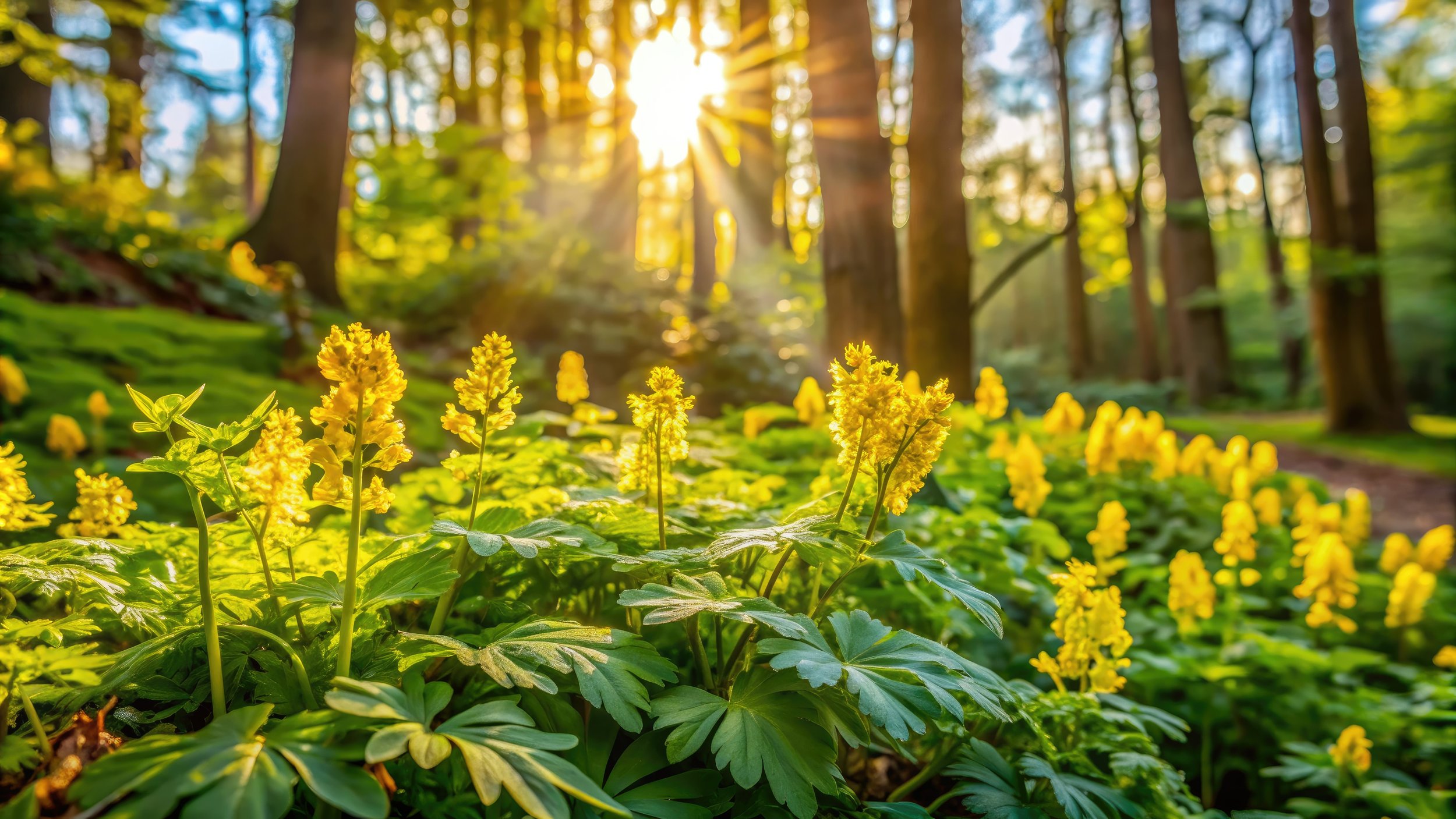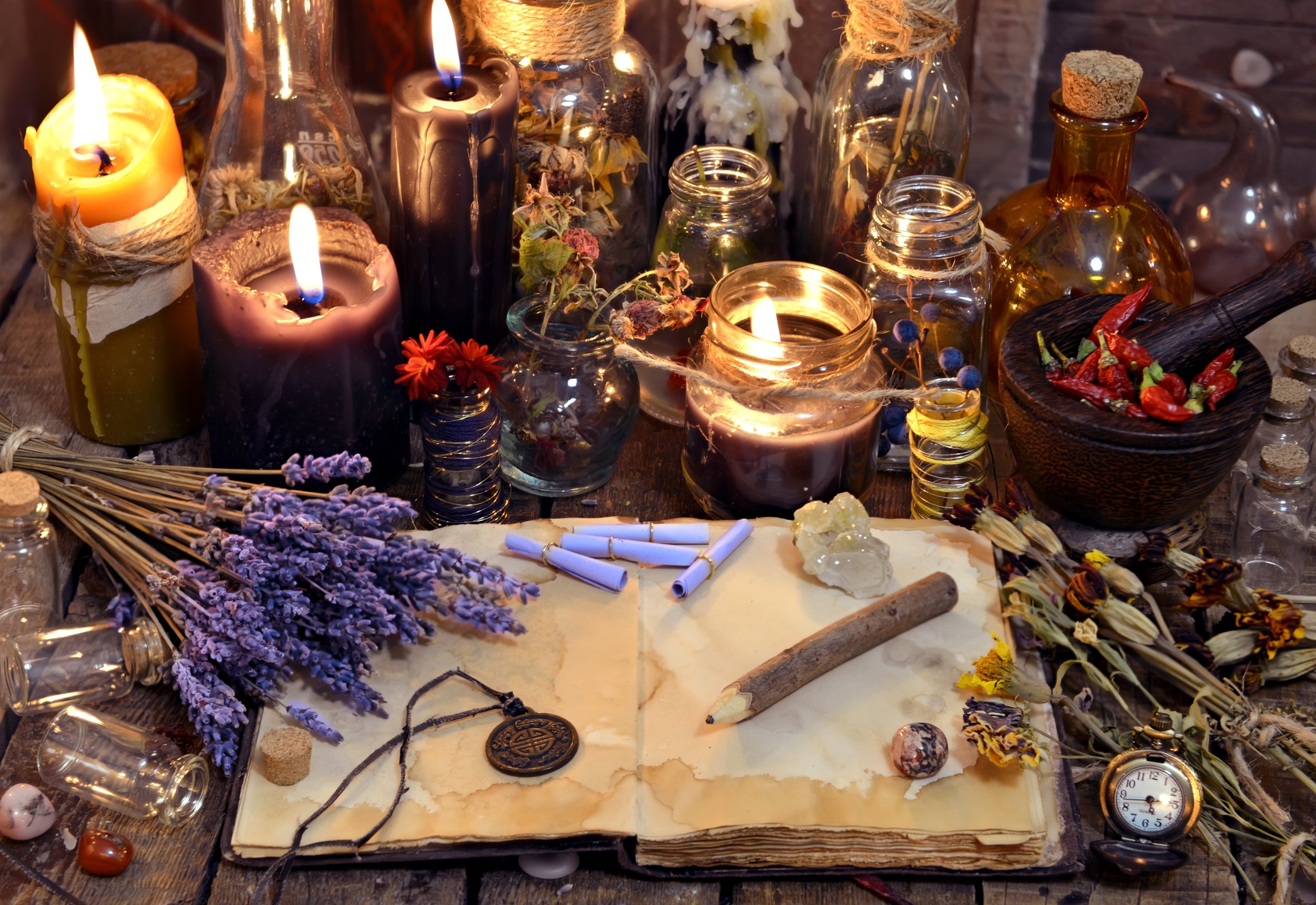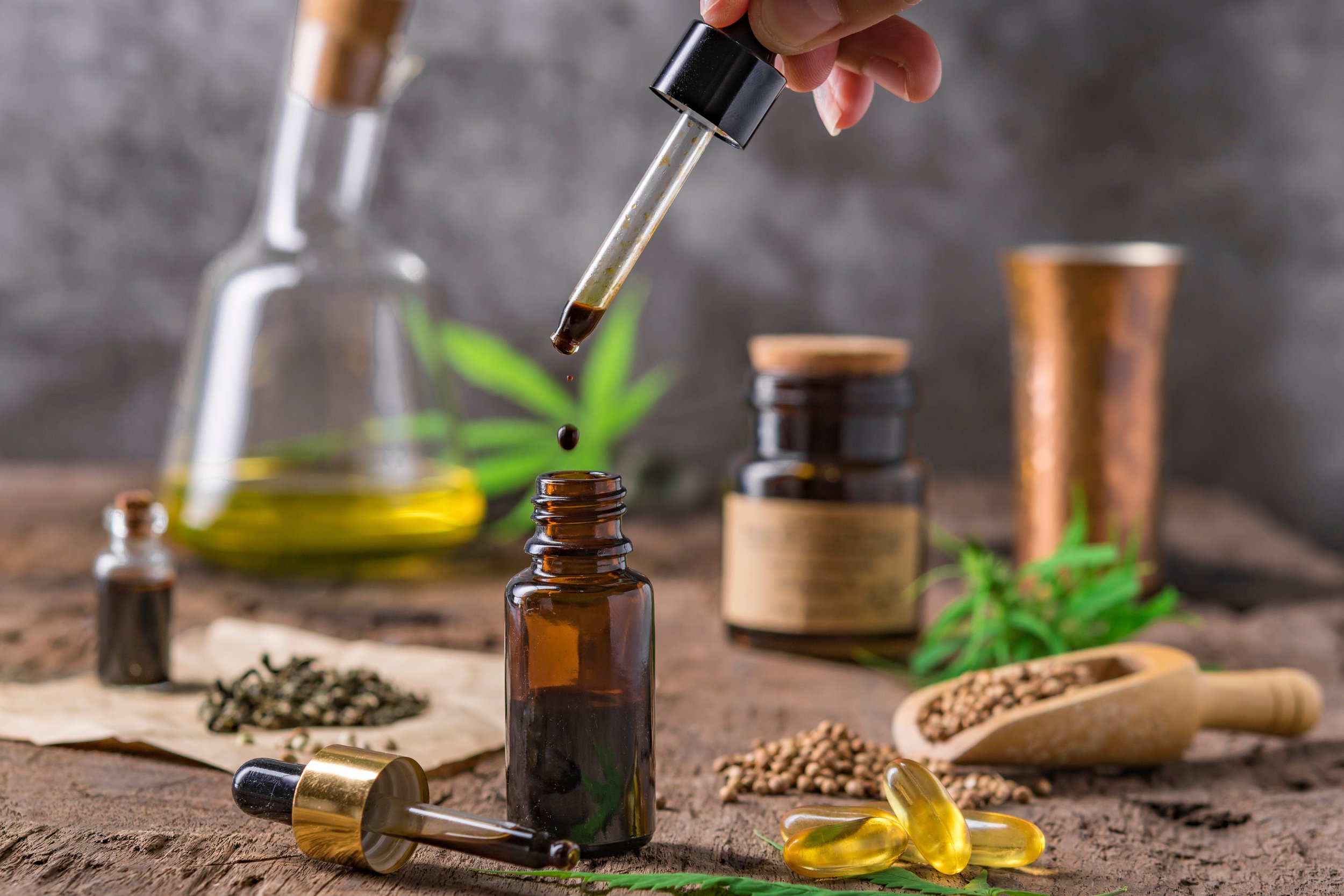Determining Herbal Concentrations
Making herbal medicine can be a powerful and rewarding experience, but it can also feel a bit daunting. Fear not, you’ve got this! In this post, I’ll guide you through understanding dried herb equivalents and the process of determining herbal concentrations. This step might not be necessary if you’re only making medicine for yourself or your family, but it is essential if you are a practitioner or sell your products. It is especially important when making supplements like dried capsules, as you need to know the exact amount you’re taking!
Why Knowing Herbal Concentrations Is Essential
Knowing the concentrations of the plants in your extracts allows you to create consistent batches every time. This ensures that the medicinal properties in your extracts remain consistent, which is crucial if you’re selling your blends.
Two Ways to Determine Herbal Concentrations
There are two primary ways to think about herbal concentrations:
Specific Compounds: This method involves looking at specific compounds in the plant and determining their concentrations. For example, the most prominent medicinal compound in turmeric is curcumin. Testing turmeric involves determining the curcumin content within an extract. However, this method requires complex instrumentation and expertise.
Dried Herb Equivalents: My personal favorite method is to look at the dried herb equivalents, which means examining the amount of plant material used to make your extract. This is an easy and reliable way to create consistent extractions. You can do this by taking the ratio of plant material to the amount of menstruum or solvent used.
Herb to Menstruum Ratios
The herb to menstruum ratio is crucial for determining herbal concentrations. This ratio can be expressed in two ways:
Weight to Weight (wt:wt): Weigh both your herb and menstruum to create a weight to weight ratio.
Weight to Volume (wt:v): Weigh your plant material and measure the volume of your solvent to create a weight to volume ratio.
For example, if you are extracting in alcohol, it would be the herb to alcohol ratio. If you are using oil, it would be the herb to oil ratio.
How to Calculate the Concentration
To determine the concentration of your extract, divide the weight of your herb by the weight (or volume) of your menstruum. This will give you a percentage. Use the following formula:
herbal concentration=(herb wt./menstruum wt.)x 100%
Here’s a chart to help you convert percentages into ratios:
Basic weight to weight recipes for a 1 kg (roughly 1 L) batch.
percent - ratio - herb weight - menstruum weight
100.00% - 1:1 - 1000g herb - 1000g menstruum
20.00% - 1:5 - 200g herb - 1000g menstruum
10.00% - 1:10 - 100g herb - 1000g menstruum
8.00% - 1:12.5 - 80g herb - 1000g menstruum
5.00% - 1:20 - 50g herb - 1000g menstruum
2.00% - 1:50 - 20g herb - 1000g menstruum
Understanding the Density of Menstruum
One other thing to keep in mind is the density of your menstruum, this allows you to convert between weight and volume. Density is the measure of the weight of a set volume or how much a certain volume weighs. For example, compare the weight of one cup of water and one cup of oil. The oil weighs less because it has a lower density. Density is commonly measured in grams (g) per milliliter (mL).
Here are the densities of some common solvents:
Below are the densities of some common solvents!
menstruum - density
vinegar - 1.05s g/mL
castor oil - 0.95 g/mL
grapeseed oil - 0.915-0.925 g/mL
coconut oil - 0.91-0.92 g/mL
squalane - 0.81 g/mL
40% alcohol (80 proof) - 0.789 g/mL
99% alcohol - 0.7854 g/mL
To convert the weight of your menstruum to a volume, divide the weight by the density. To convert from a volume to a weight, multiply the volume by the density.
Conclusion
Understanding and determining herbal concentrations is crucial for creating consistent and effective herbal preparations. Whether you’re a practitioner, a seller, or simply making remedies for yourself, knowing the precise concentrations ensures the potency and safety of your extracts. Keep experimenting, learning, and harnessing the power of plants in your herbal journey. Thank you for joining me on this exploration of herbal concentrations!

